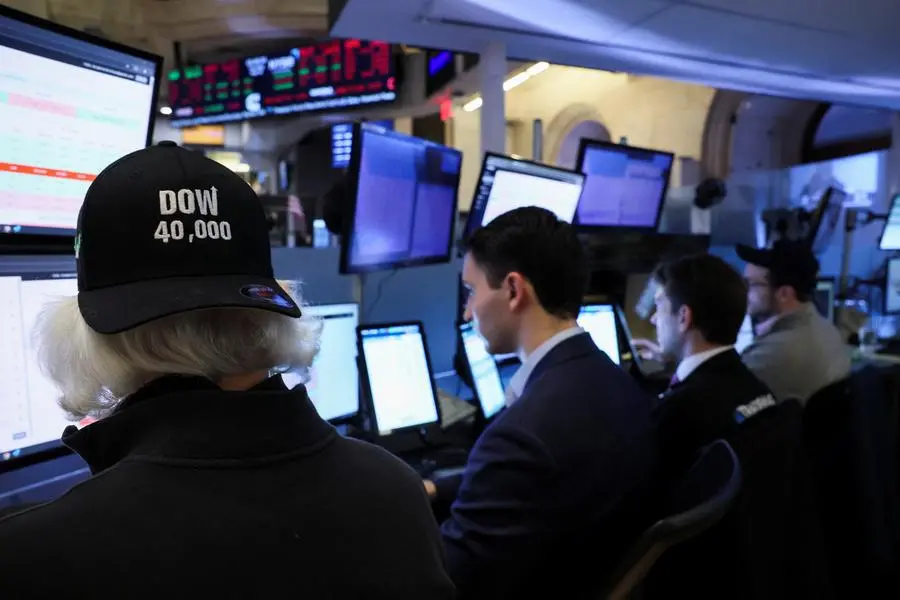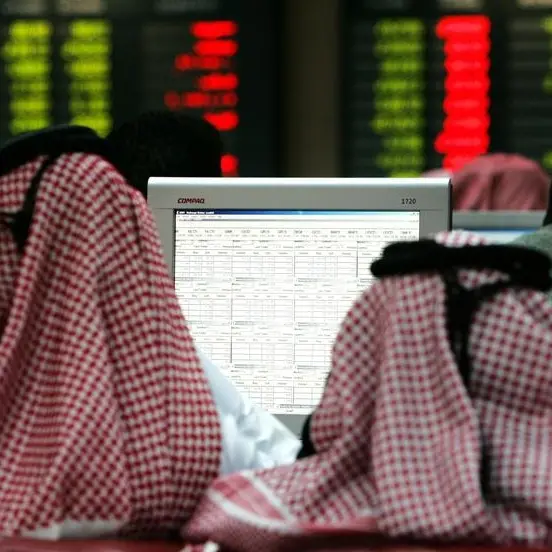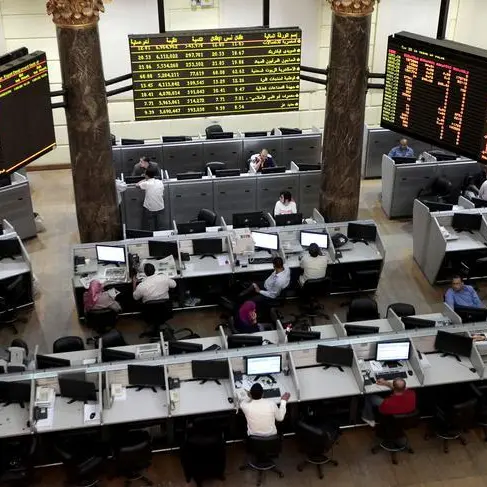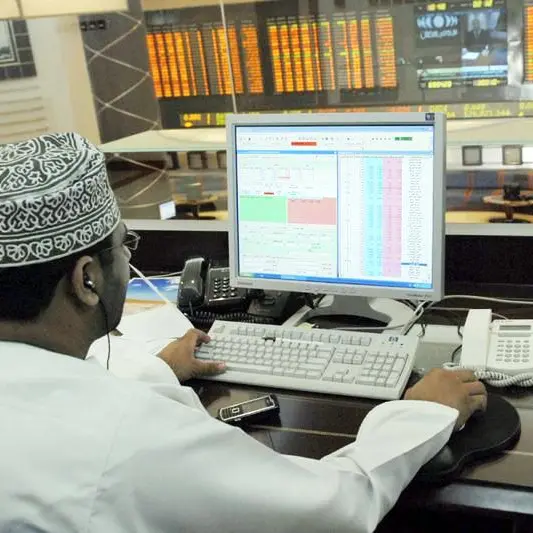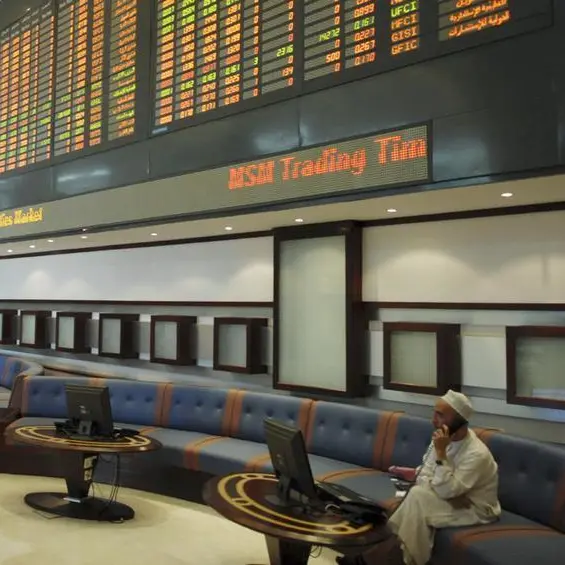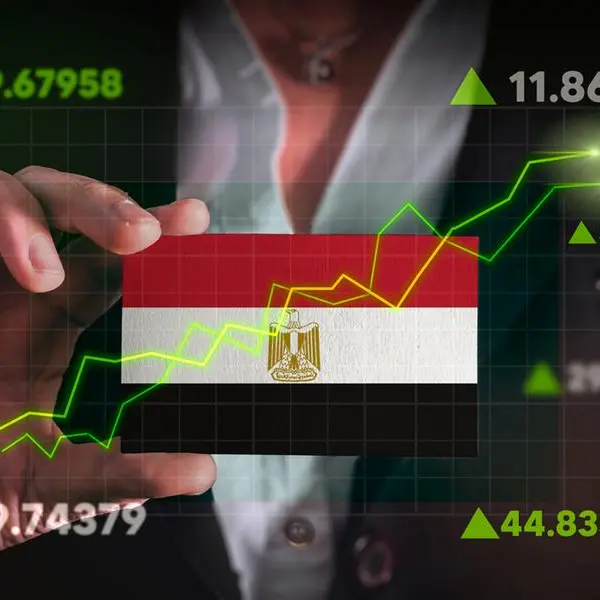PHOTO
World stocks and currencies steadied on Thursday after weeks of wild swings, as data suggesting U.S. rate cuts were imminent soothed some of the damage inflicted on markets this summer by a shock Bank of Japan rate hike and economic growth scares.
MSCI's world share index, which has moved in excess of 1% on more than half of the trading days in August so far, was steady.
The dollar was also flat against other major currencies , halting a series of losses that took it to its lowest per euro on Wednesday since late 2023 and down almost 15% against Japan's yen since early July.
On Wall Street, futures trading implied the benchmark S&P 500 share index would register modest gains on Thursday and the VIX equity volatility gauge eased to its lowest level this month, having soared to a four-year high on Aug. 5.
The semblance of calm returned to markets, roiled last week by price falls, volatility and intense hedge fund selling, thanks to U.S. inflation data on Wednesday reinforcing bets for a September U.S. rate cut. The Federal Reserve has held its main funds rate in a range of 5.25%-5.5% for more than a year.
That long period of tight U.S. monetary policy has helped to quell inflation but also fuelled speculation in U.S. stocks by traders who borrowed heavily in Japanese yen to fund their purchases.
A vicious unwinding of this so-called carry trade that intensified with the Bank of Japan's July 31 rate hike has rocked markets for most of this month, although investors believe the disruption is almost over.
Wall Street's tech-focused Nasdaq 100 index, believed to have been a beneficiary of carry flows as it has moved inversely to the yen's gains and losses against the dollar, has gained 3.4% in the last five trading sessions.
James Henderson, equity fund manager at Janus Henderson, said the U.S. tech stocks that dominate world equity indexes remained over-valued.
"However, the median numbers show that valuations beyond these leaders are not so demanding, particularly if rates are coming down," he said.
STILL WARY
Nordea chief market analyst Jan von Gerich said that the speed of the Wall Street bounce-back was a reason to be wary of further volatility ahead.
"The tentative rebound in risk appetite has happened surprisingly fast, so I would be cautious," he said.
Reflecting ongoing anxiety, the spot gold price rose 0.6% to $2,462.7 per ounce, close to its July 17 all-time high.
Big investors are now the most pessimistic about global growth than they have been all year, a Bank of America survey showed on Tuesday, and unsure whether the Federal Reserve has overlooked recession signals and waited too long to cut rates.
Following a surprisingly weak U.S. jobs report in early August, U.S. July retail sales numbers, out later on Thursday, could set alarm bells ringing again, IG market analyst Tony Sycamore said.
Money markets fully price in a quarter point Fed rate cut in September and just under a 40% chance of a bigger half-point move. Elsewhere in markets, sterling gained 0.3% to $1.2849 after data showed Britain's economy grew 0.6% in the second quarter of 2024, in line with economists' expectations.
The UK's domestically-focused FTSE 250 share index slipped 0.3%, having risen for six of the last eight sessions, but was still close to a two-year high.
"In the UK and Europe there are signs of a (macro-economic) recovery coming through so that's where the focus is for me," Henderson said.
European and U.S. government bond yields edged up on Thursday as prices of the debt securities slipped to reflect the calm on equity and foreign exchange markets .
The benchmark 10-year Treasury yield, at 3.85%, has dropped more than 50 basis points since the start of July.
(Additional reporting by Kevin Buckland in TOKYO; Editing by Toby Chopra and Mark Potter)
